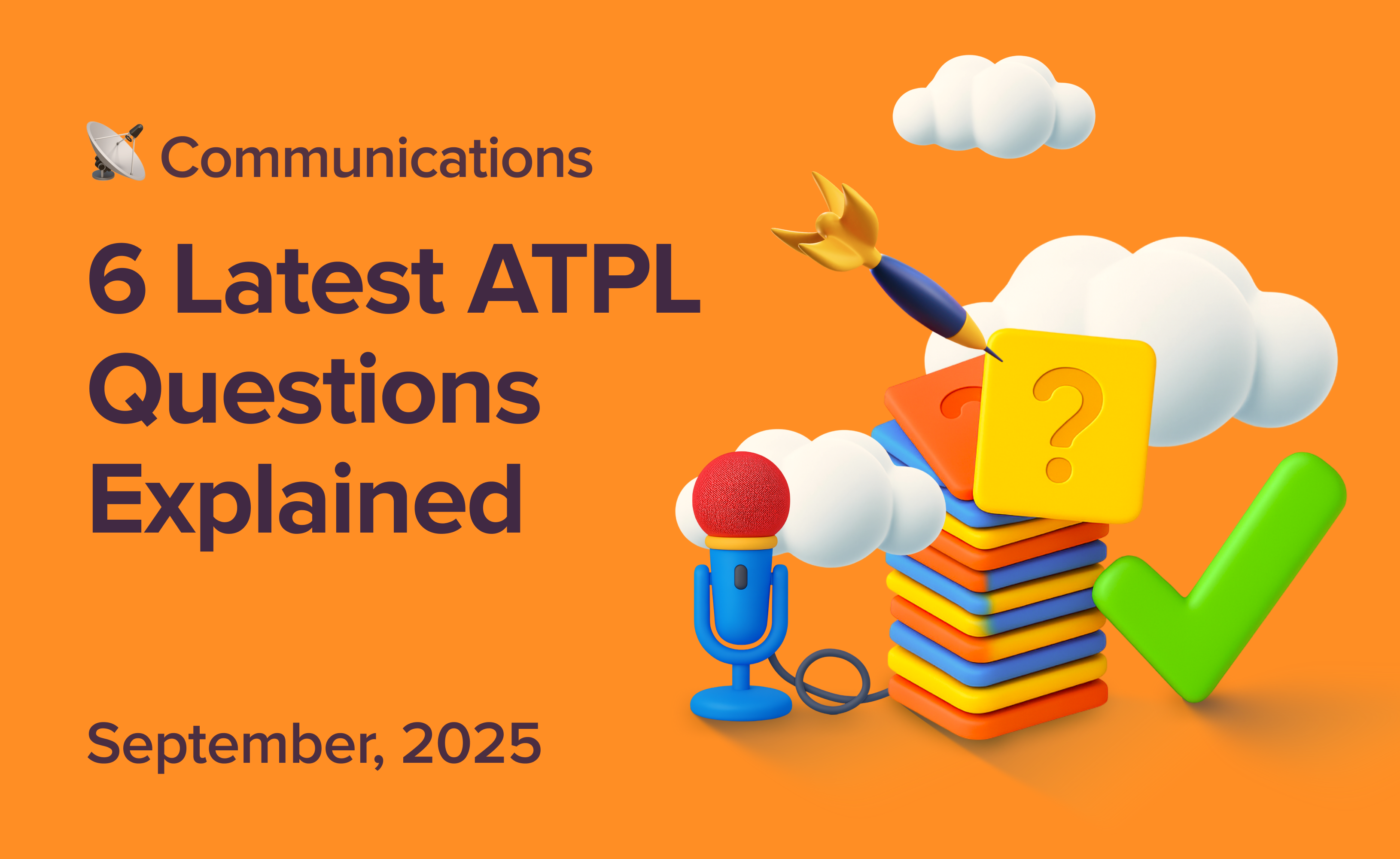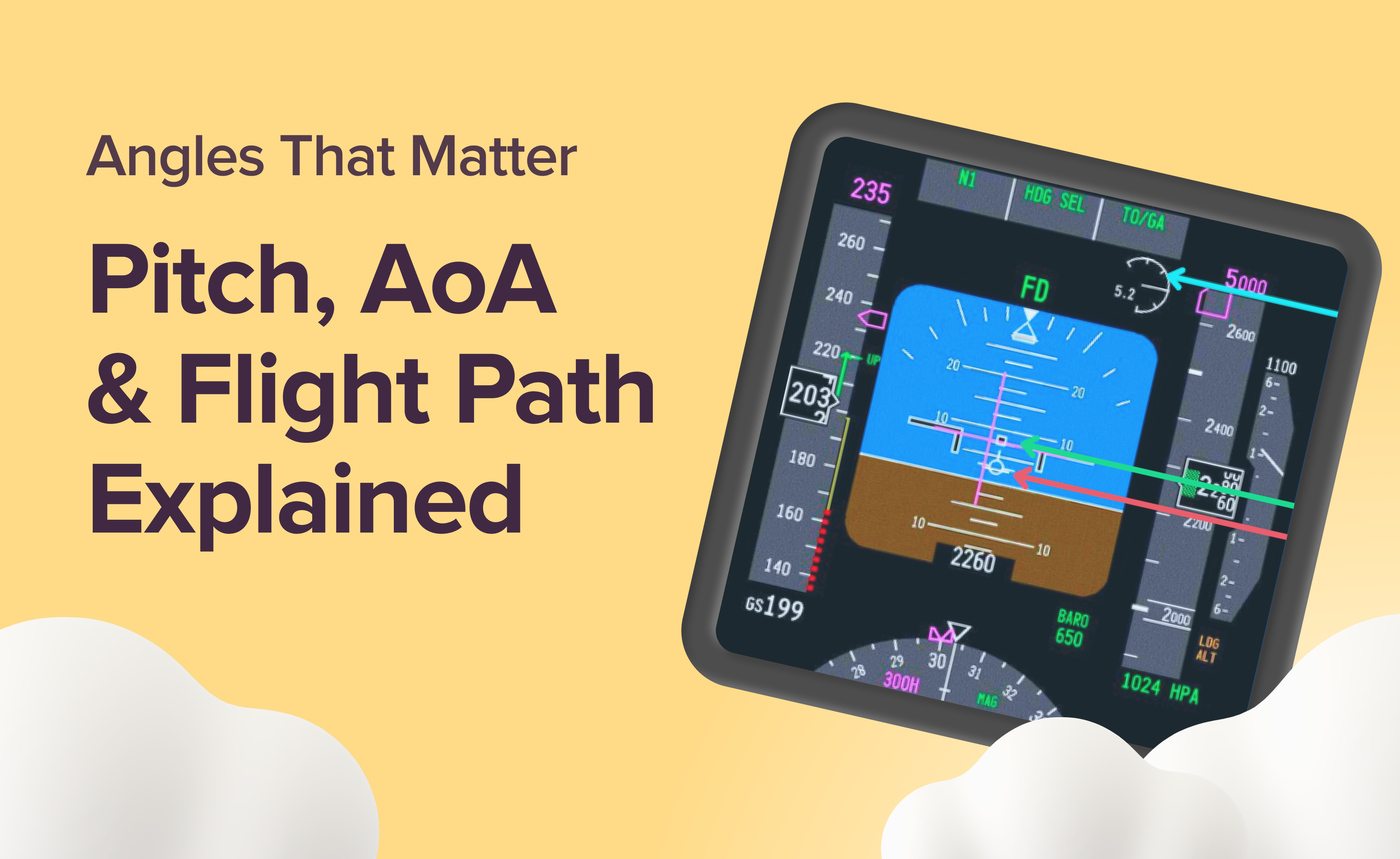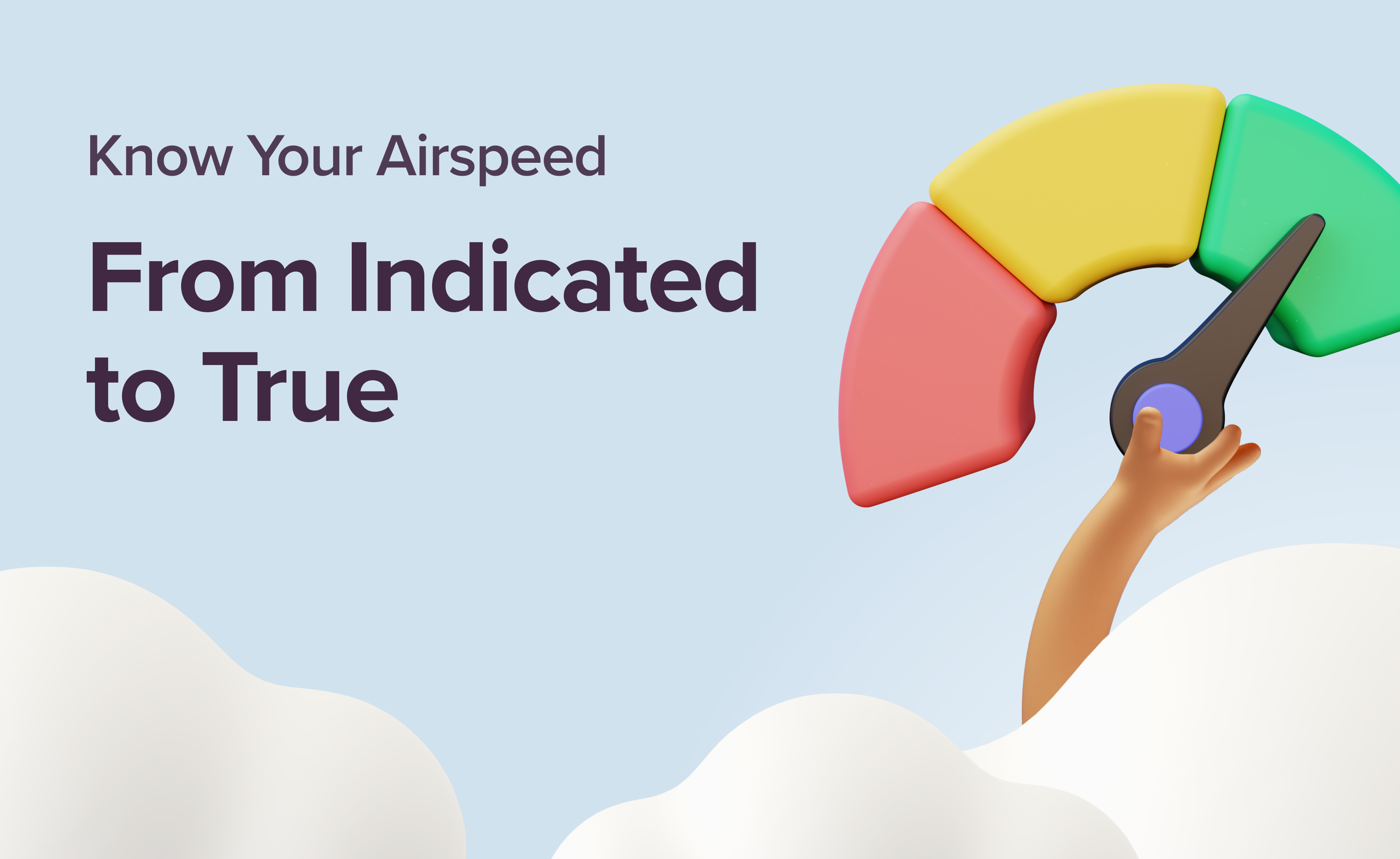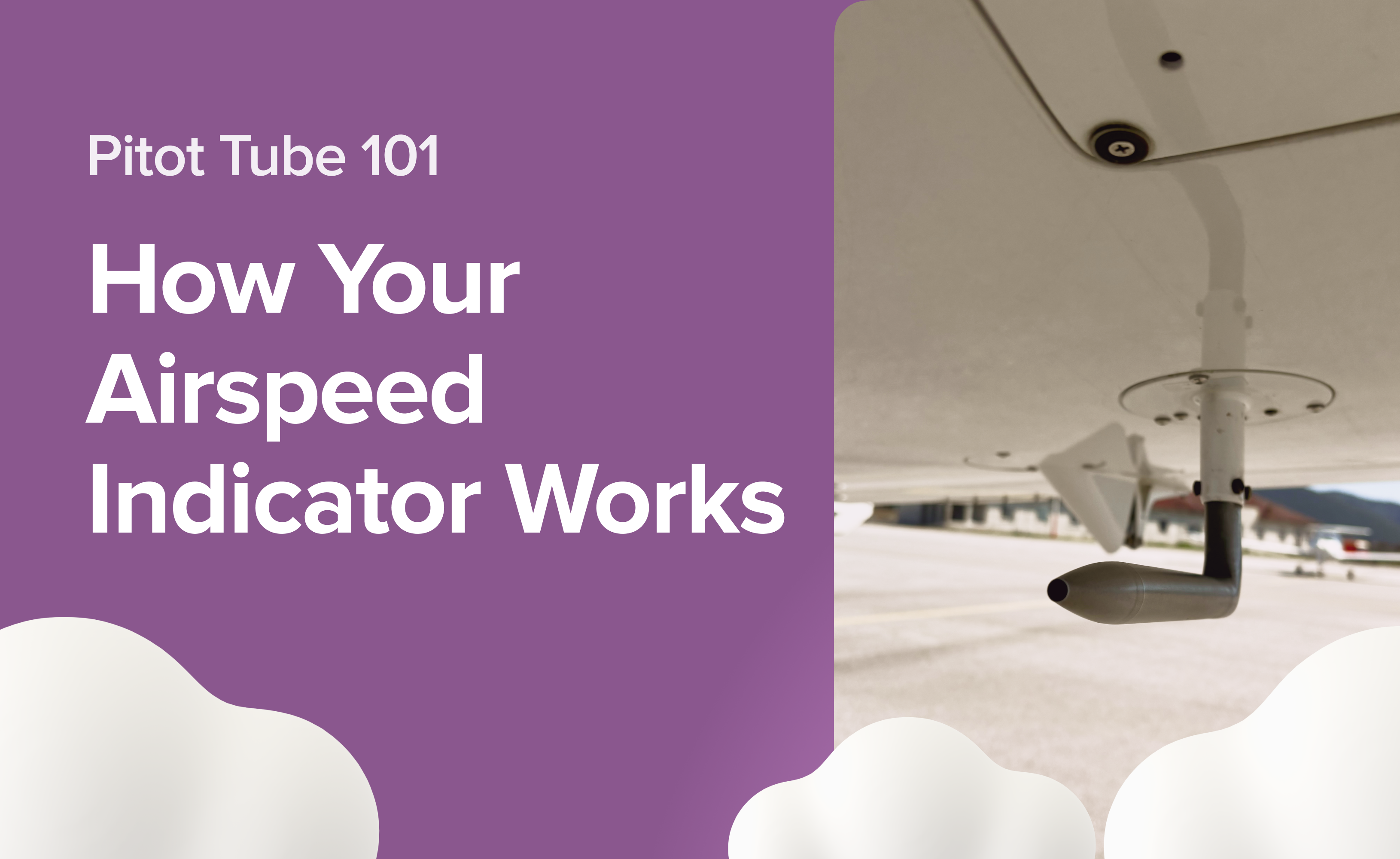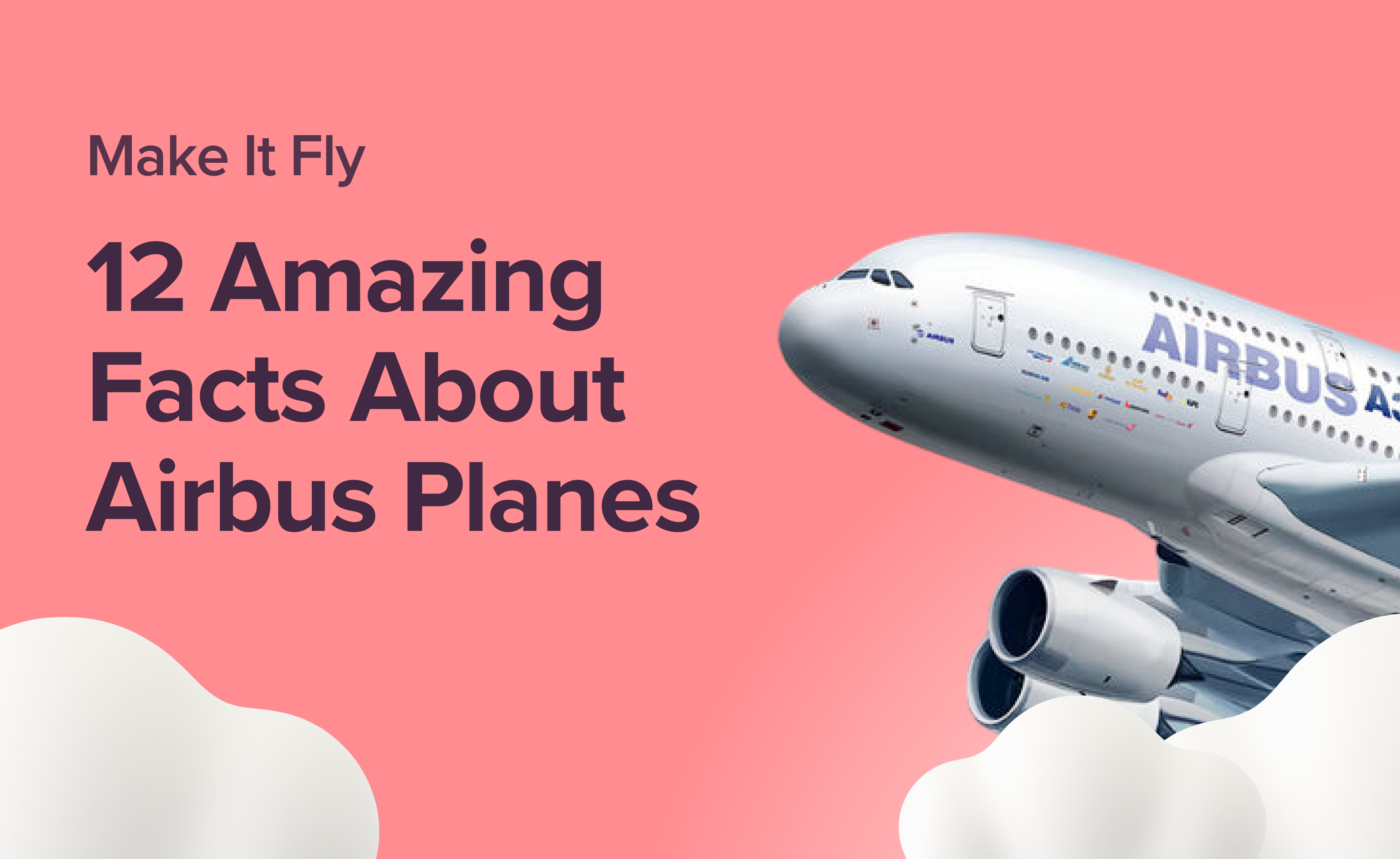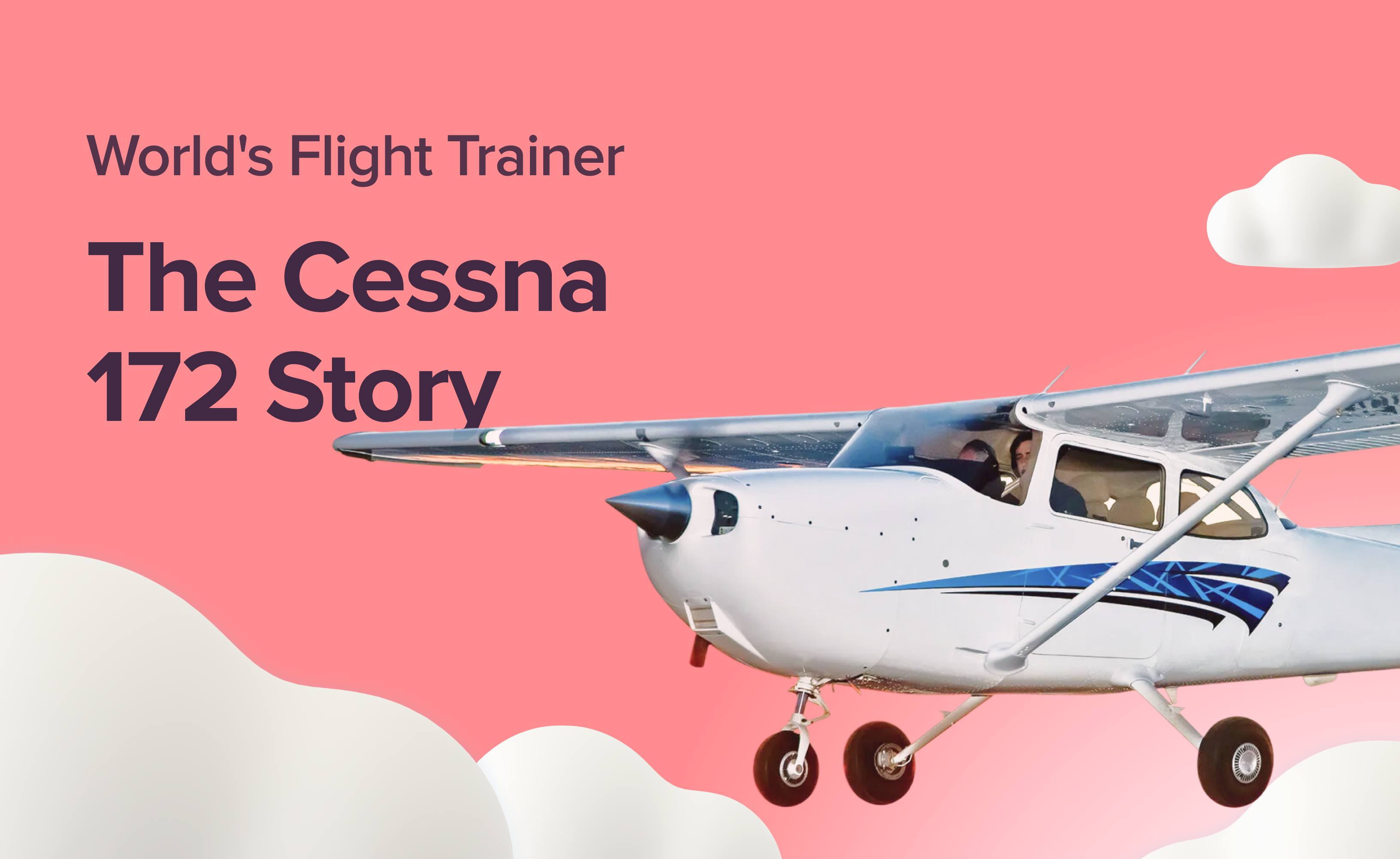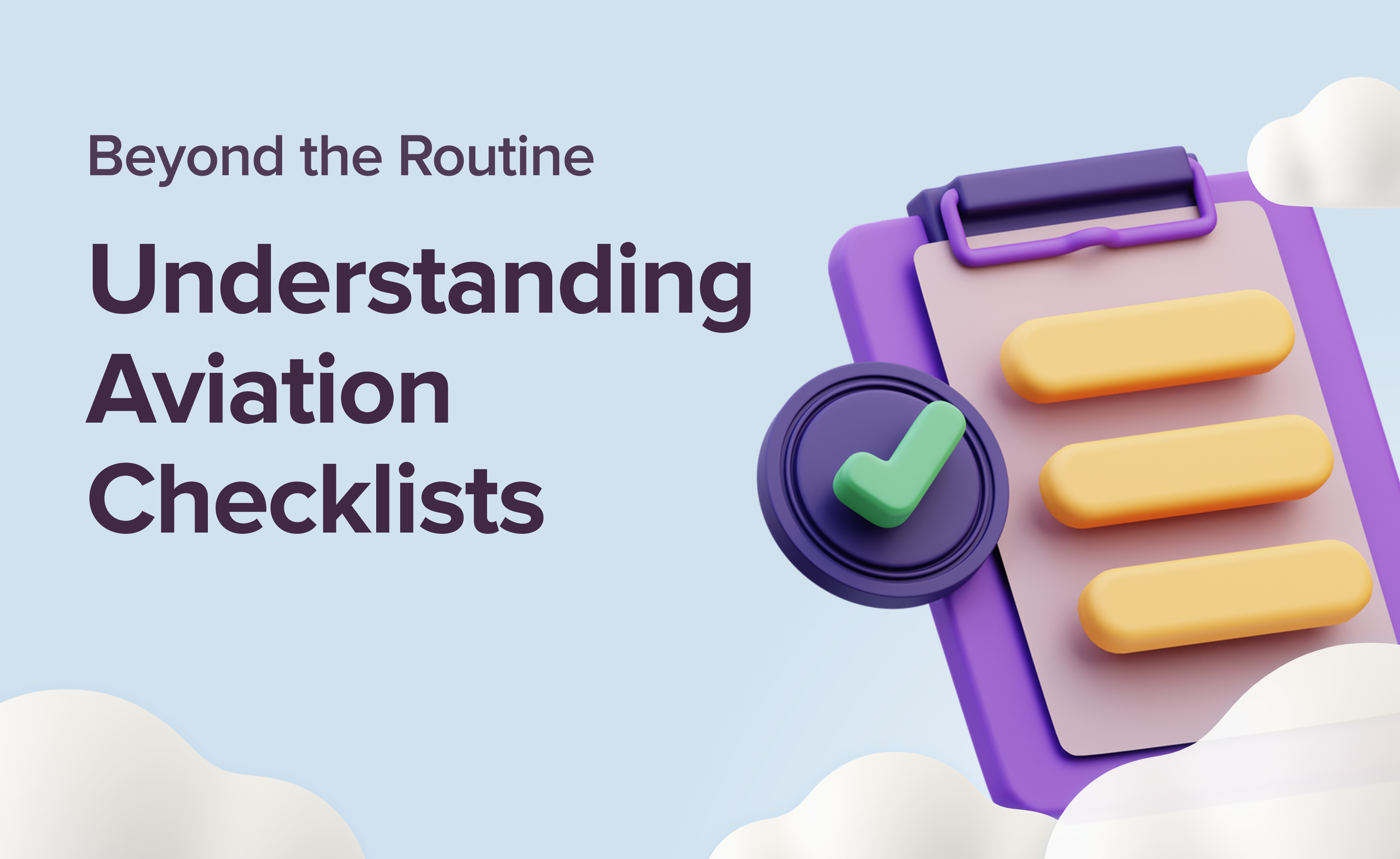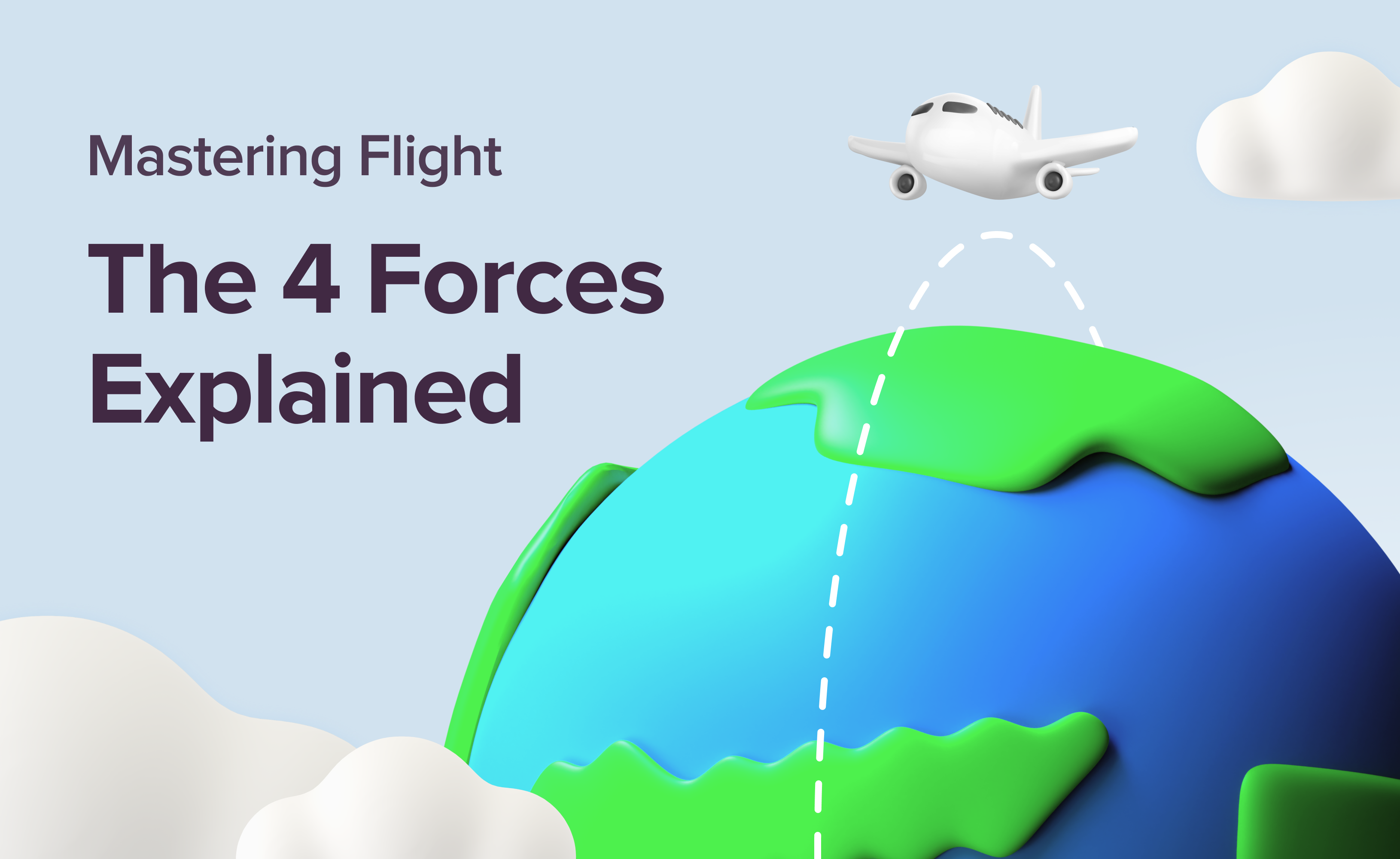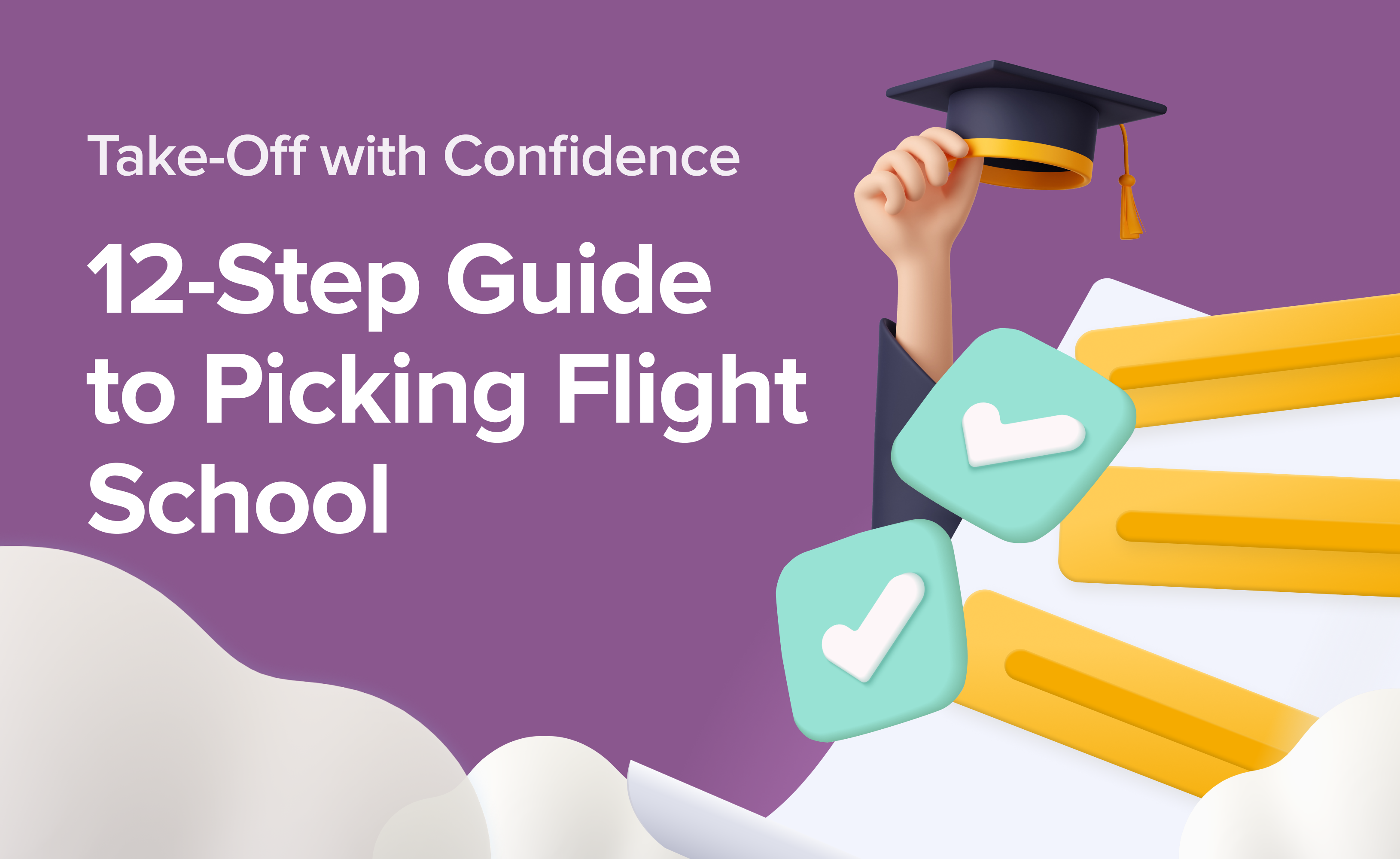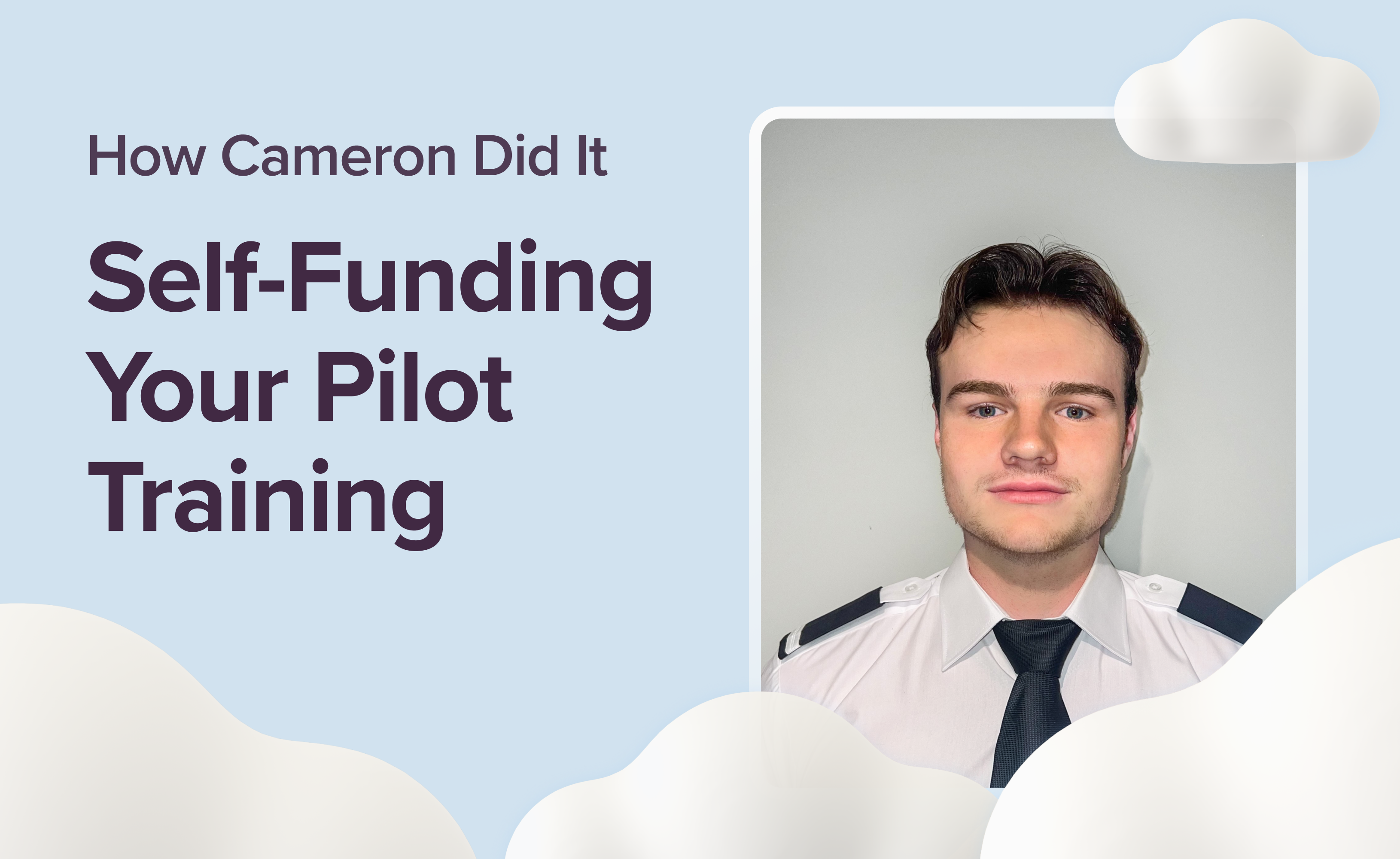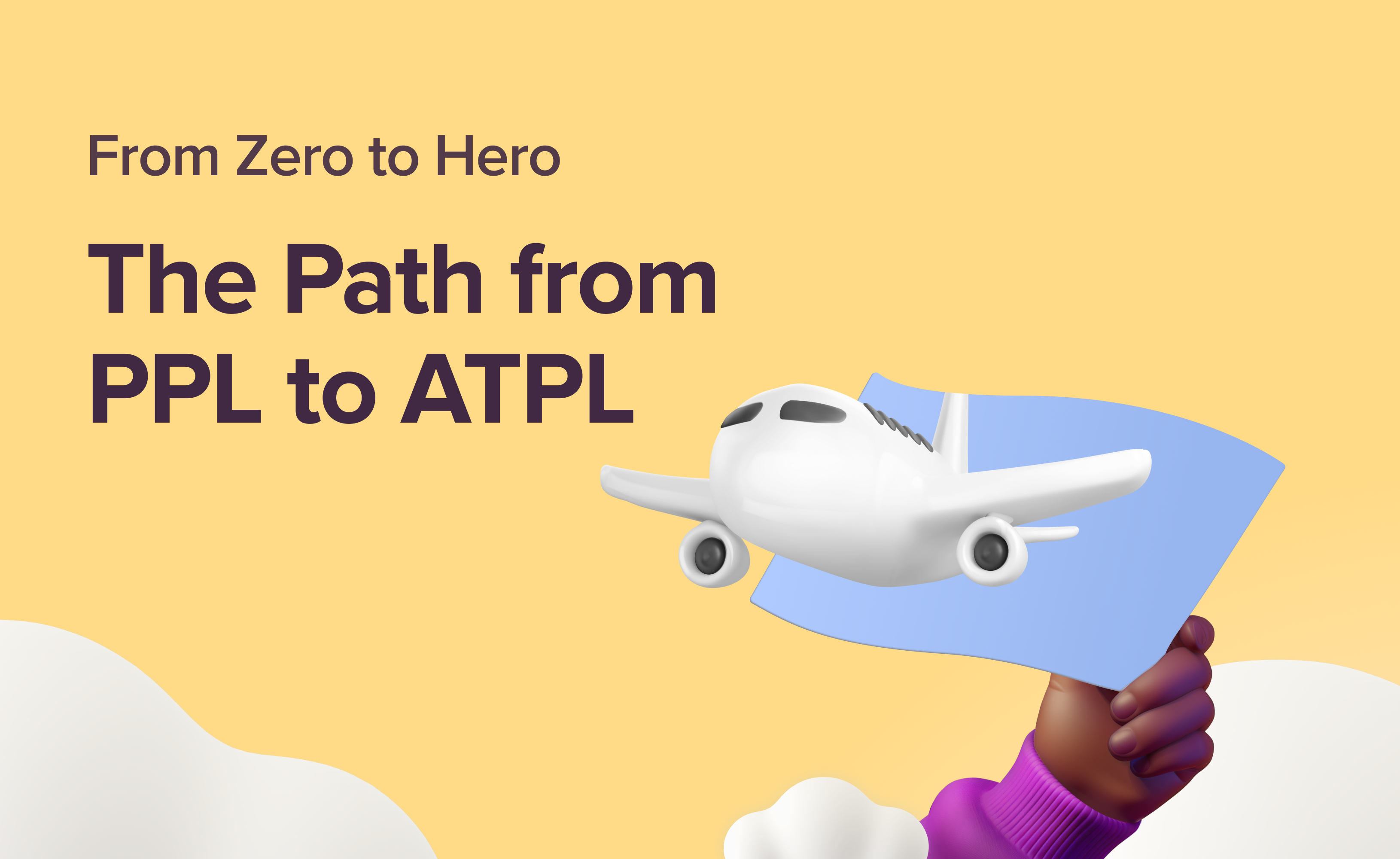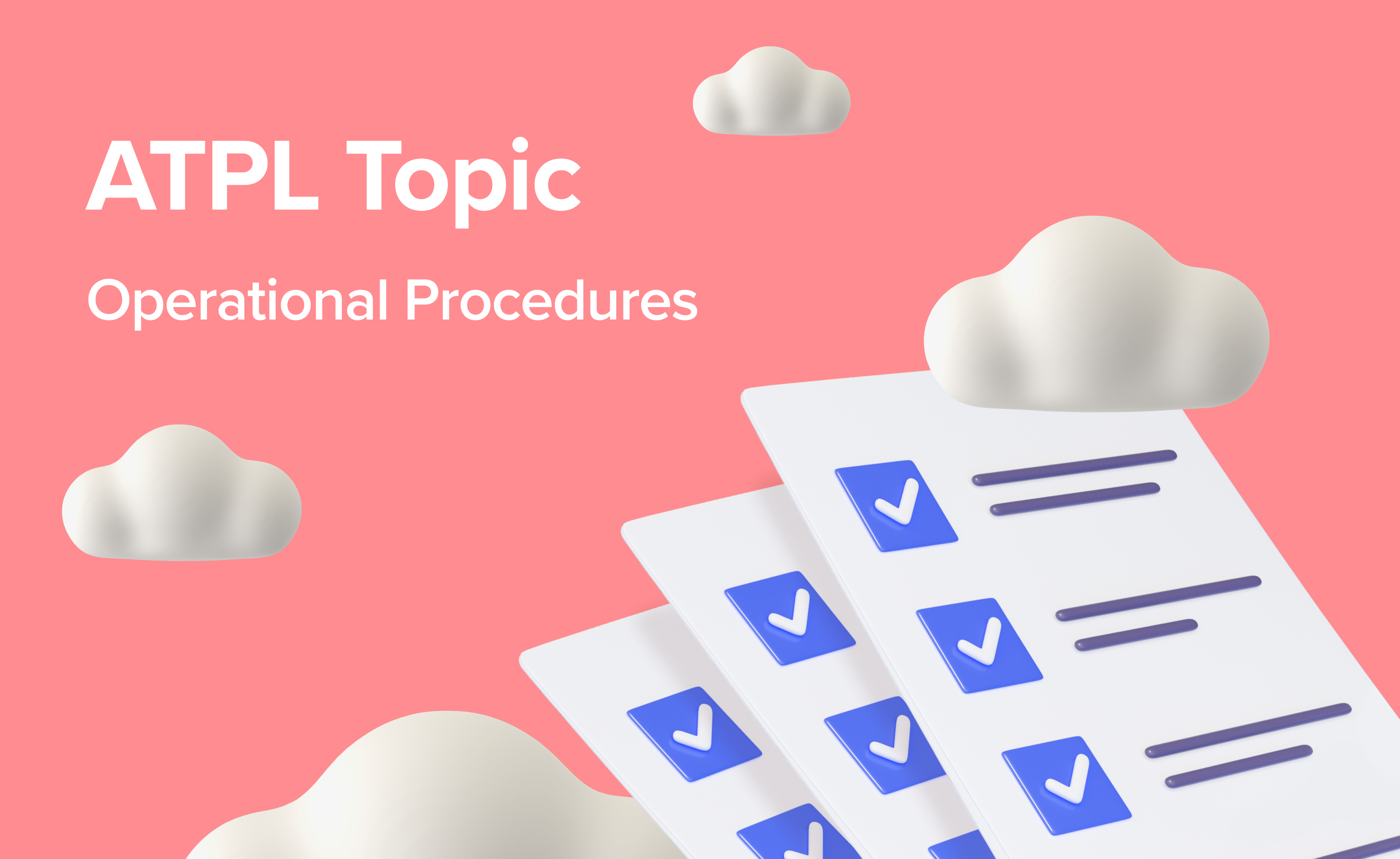Getting to Know the Airline Industry: 20 Insights from Flight Insiders
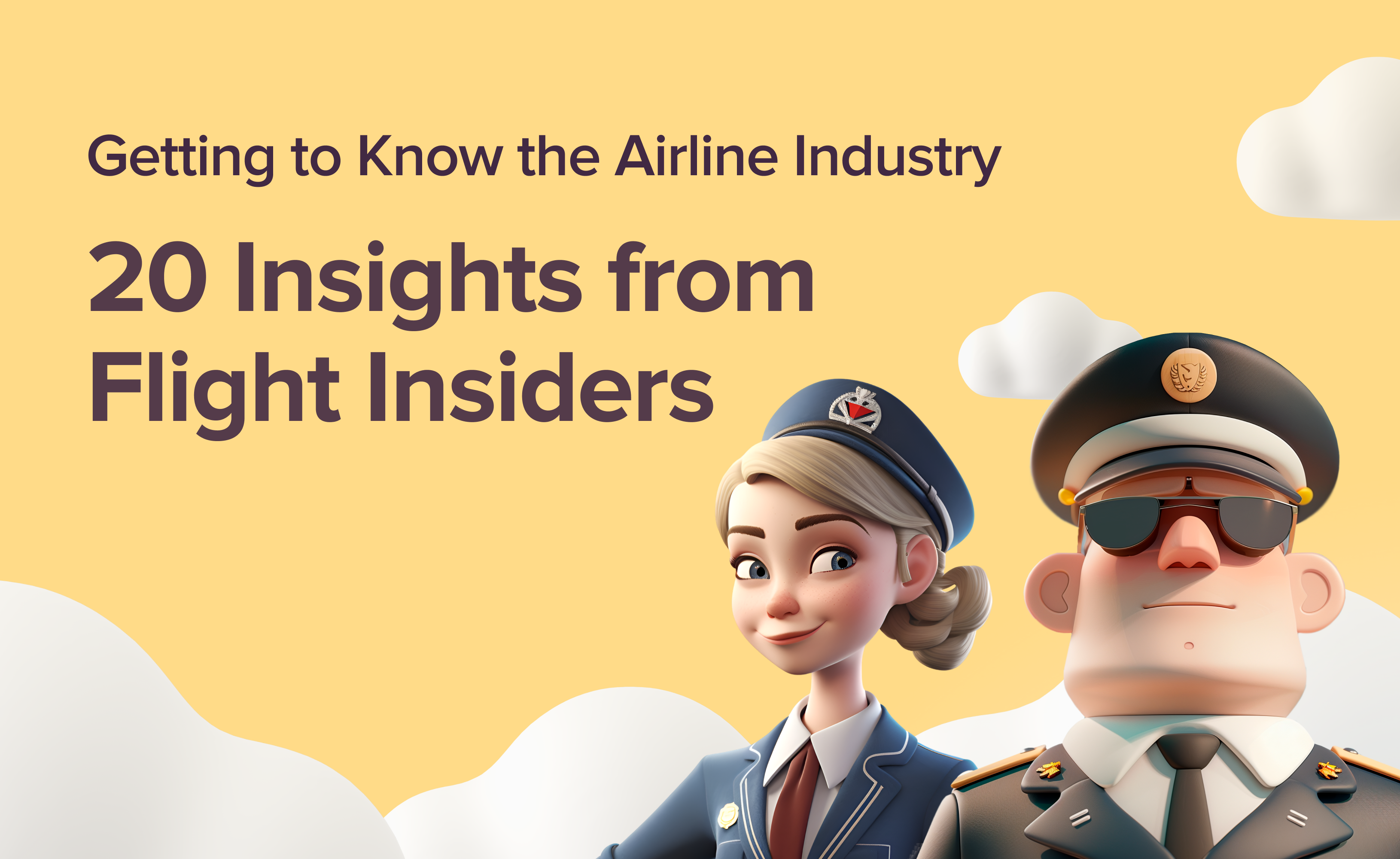
Many dream of the pilot's life: soaring through the clouds, commanding a magnificent aircraft. It's a rewarding career, offering competitive salaries and a unique sense of accomplishment.
However, the reality goes beyond the glamour. Being a pilot requires immense dedication, constant vigilance, and the responsibility for hundreds of lives on each flight.
At Airhead, we're on a mission to demystify the world of aviation! Whether you're a curious passenger or an aspiring pilot, we're here to unveil the realities — the challenges, the rewards, and everything in between — of this exciting career path.
Note: This content combines insights from publicly available sources and real-world experiences of pilots. Keep in mind, that every pilot's journey is unique!
1. Inside the Flight Simulator
Flight simulators, crucial for pilot training, look like the front section of an aeroplane from the outside. But their insides are far from ordinary. Equipped with an electro-hydraulic mobility system, they can shake violently to simulate real-world turbulence and G-forces. Realistic sounds, visuals, and even inertia add to the experience.
2. Mastering Emergencies
Pilots don't just practice smooth landings in simulators. Instructors deliberately will throw them into emergencies: onboard malfunctions, emergency landings, bad weather scenarios, and even the unthinkable – a mid-air collision. These intense training sessions aim to develop muscle memory for handling critical situations and making split-second decisions under pressure.
3. Work Hours and Schedules

Flying hours are highly regulated for pilots – a maximum of 100 hours per month in the US, Europe, and China. However, this only accounts for flight time itself, not extensive pre-flight preparation. Officially, the clock starts ticking when the cabin door closes.
Rotating Schedules usually have formats like 4/3, 4/4, 3/3, 4/3. This schedule format translates to 4 days flying with 3 days rest, repeated in a cyclical pattern. Variations like 6 days on, and 6 days off are also possible. However, pilots must receive at least 12 hours of rest between flights and 24 hours between night flights.
4. No Assigned Teams, All About Teamwork

Pilots and flight attendants don't have fixed teams. Instead, crews are rotated to ensure flexibility and exposure to different working styles. This rotation also prevents complacency.
The core principle of crew operation is cross-checking, where each member verifies the actions of the other. This rigorous system ensures safety by requiring double-checks and eliminating potential mistakes. That's why having two pilots on board is always a must.
5. Shared Duties, but Final Decision with the Captain
Pilot duties are typically split evenly between the Captain (Pilot-in-Command) and the First Officer (Copilot). However, the Captain always has the final say in all flight-related decisions. Before every flight, they'll have a briefing to determine who will handle specific tasks – takeoff, autopilot control, landing, and radio communication with air traffic control.
6. Communication is Key

Young commanders receive specialised training in speech rhetoric. This course focuses on clear, concise, and calm communication regardless of the situation. Maintaining a calm and steady voice fosters confidence and cuts down on confusion in the cockpit during critical moments.
7. Pilot Greetings
Before take-off, the Captain (senior pilot) and First Officer (copilot) decide who will provide the welcome announcement to passengers.
If the welcoming pilot is feeling light-hearted, they might share a joke or some information about the weather and the flight path, adding a personal touch.
Sometimes, both pilots might even take turns interacting with passengers over the intercom.
8. Beards and Oxygen Masks
Some airlines have strict grooming regulations that prohibit beards to ensure a perfect seal for oxygen masks in emergencies. However, this rule isn't universal and can vary depending on the airline's specific policies.
9. Different Menus for Pilots
Pilots typically enjoy meals comparable to business class passengers. However, there's a crucial twist – the Captain and First Officer always have different meals. This safety measure ensures that if one pilot experiences foodborne illness, the other remains healthy and able to continue flying.

10. Pre-Flight Traditions For Luck
While pilots may have individual pre-flight rituals, some common threads exist. Many greet their aircraft before takeoff, perhaps a nod to the importance of their "flying partner."
Some pilots adhere to luck-based habits, like avoiding new clothes or shaving before potentially difficult flights. Sewing on buttons before a flight is also considered bad luck. Interestingly, the word "last" seems taboo, replaced with "final" when referring to a flight
11. Rigorous Training for Every Flight
Pilot training goes far beyond mastering flight controls. They undergo regular self-defence training, critical for unexpected situations. Every quarter, pilots review emergency procedures and practice their responses to abnormal situations. Annual physical exams ensure optimal health.

12. Safety Protocols
Pilots are subject to strict regulations during the flight. They are typically limited to being out of the cockpit for a maximum of 5 minutes at a time.
To ensure constant pilot presence in the cockpit, a flight attendant will temporarily take the absent pilot's place while they use the restroom. This is a standard safety procedure to handle unexpected situations that might require immediate pilot action.
13. Fuel Efficiency vs. Safety
Pilots acknowledge pressure to lower fuel consumption as part of airline policies. While fuel efficiency is important, some pilots express concerns about how this pressure might impact crucial decisions.
The possibility of running out of fuel due to an unexpected course correction or diversion to an alternate airport is a major worry and highlights the potential conflict between cost-cutting measures and flight safety.
Emergency landings, usually due to fuel or technical issues, are more common than news reports suggest.
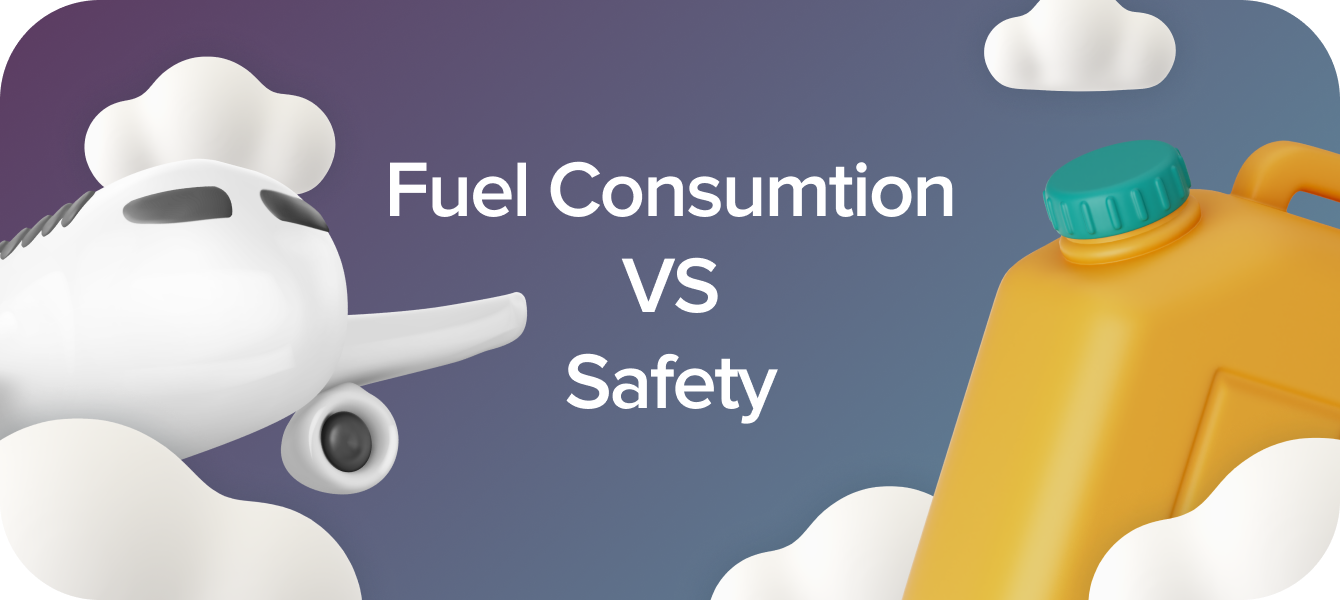
14. Warm or Cool? Front or Back?
The general air circulation in most aeroplanes flows from front to back. This means the cabin tends to be cooler towards the front, where fresh air enters, and warmer towards the back. So, if you're prone to feeling cold on planes, request a seat closer to the back for a more comfortable journey.
15. Cell Phone Interference
Ever wonder why flight attendants remind you to turn off your phone during landing? Retired American Airlines pilot Jim Tilmon from Phoenix explains. Imagine this: 12 passengers all decide to make calls just before touchdown. This surge in activity can create a false reading on the pilot's instruments, indicating a higher altitude than reality. While a minor issue, it can create unnecessary confusion during a critical phase of the flight.
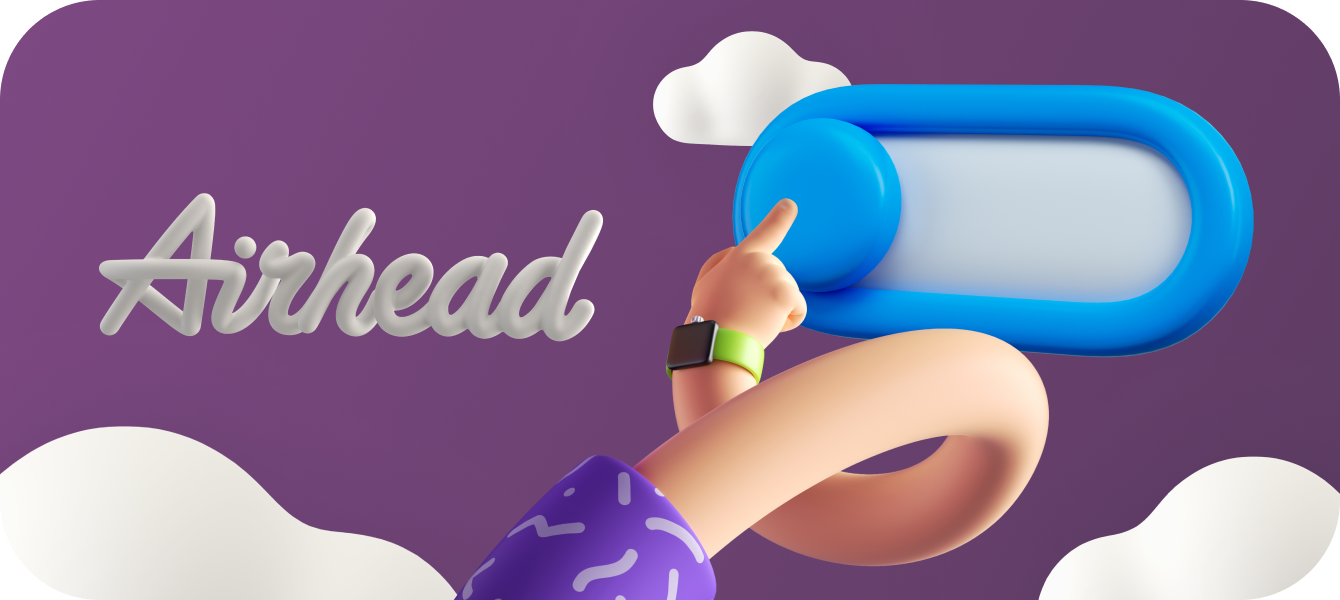
16. Social Media & Strict Rules
Pilots often share stunning aerial views on Instagram using hashtags like #pilotlife and #pilotsview. However, strict flight regulations limit their social media activity during flights. While a quick photo might seem harmless, airline policies place greater focus on crucial flying tasks. Pilots assure passengers that during critical flight phases, their attention remains solely on safe operation.
17. The "On-Time" Mystery
Airlines sometimes adjust their published arrival times to pad their on-time arrival statistics. So, a flight advertised as a two-hour journey might take an hour and 45 minutes. This practice helps airlines maintain a positive image for punctuality, even if it means setting slightly unrealistic expectations for passengers.
18. Hollywood vs. Reality
Aviation movies typically depict dramatic scenarios where passengers save the day, either landing the plane or performing mid-air repairs. Pilots find humour in these portrayals, acknowledging the vast difference between film fantasy and real-world aviation procedures.
They also admit that a pilot-consulted film might be quite boring due to the emphasis on meticulous safety protocols.
19. Love in the Skies
While airline policies don't explicitly forbid pilot crew member romances, many couples met while working onboard.
However, bringing family members or off-duty colleagues into the cockpit is strictly prohibited unless they are part of the official flight crew.
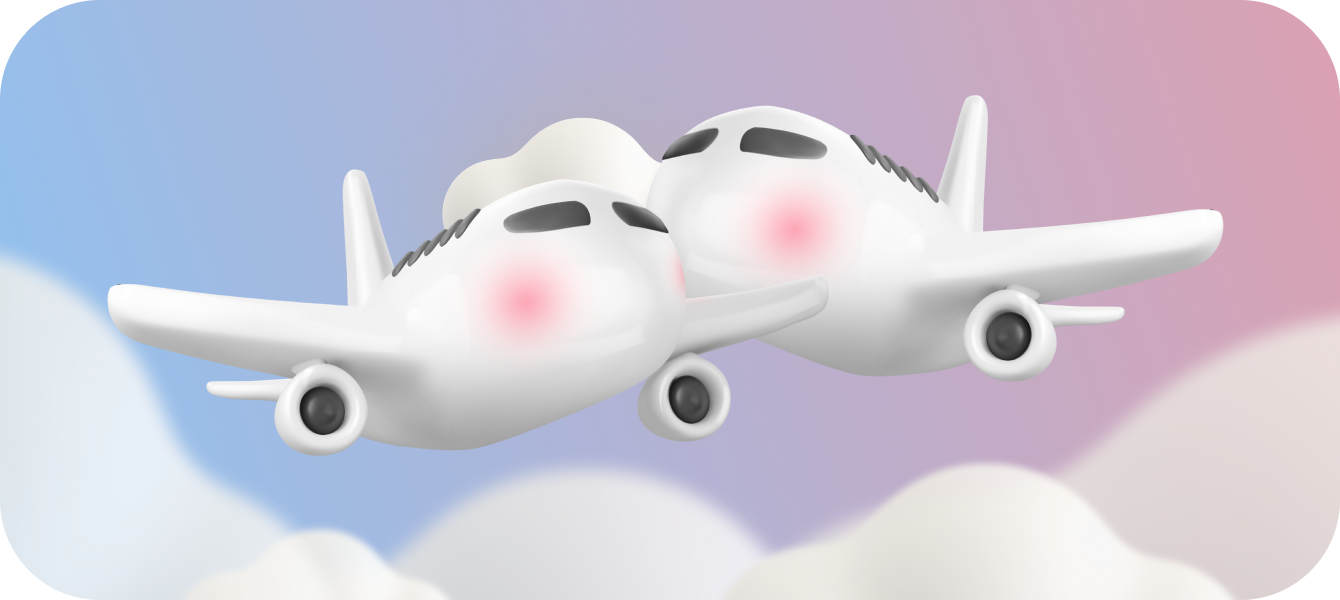
20. Applause Heard (or Not Heard) by Pilots
Many passengers express their appreciation with a round of applause after landing. However, pilots wearing noise-cancelling headphones and using intercom communication might not hear this gesture.
A pilot with extensive experience explains that passengers often “rejoice early” since landing is just one step in the process. Taxiing to the gate signifies a truly completed flight, and that's when applause might be more meaningful. Unfortunately, at that point, most passengers have already disembarked.
Takeaway
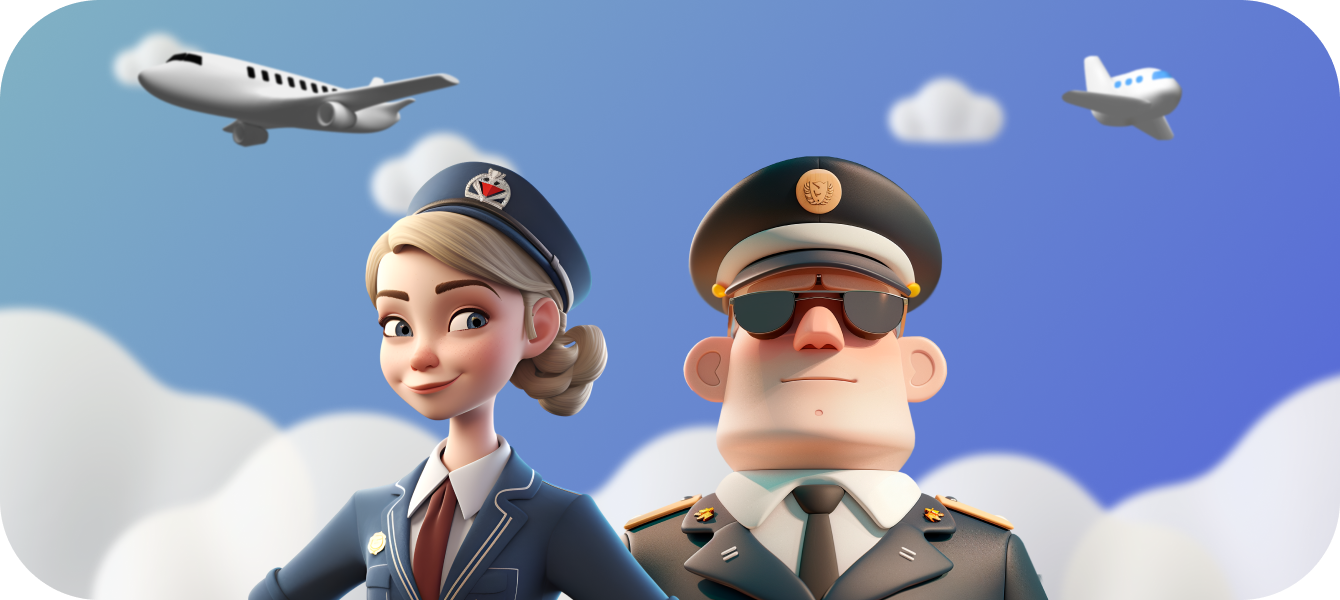
As you can understand from this post, a career as a pilot isn't just a job; it's a lifelong adventure. How many can say their life turned out exactly as they imagined as a kid?
This profession offers the opportunity to explore the world from a unique perspective, hone your skills under pressure, and be a part of something bigger than yourself – ensuring the safe passage of hundreds of people every day. It's a demanding path, but the rewards – the companionship, the sense of accomplishment, and the unparalleled views – are truly unmatched.
So, if you're looking for a career that's both challenging and fulfilling, consider taking flight. The skies might just be calling your name.





